The impact of AI in the classroom: What does the future hold?

Can artificial intelligence be an ally for teachers? That was the question at the forefront of the discussion at the world’s leading education technology event, Bett 2023. Edtech providers, decision-makers, MAT leaders, teachers and broader school community members came together to discuss the integration of AI in education – the good, the bad and the ugly.
Even the Education Secretary herself discussed the ways teacher’s day-to-day work could be “transformed” by AI, calling it a “game-changer” for the education sector. Gillian Keegan reflected on the benefits, such as supporting teachers with lesson planning and marking, but also the risks that come with AI without regulation.
So, how can generative AI unburden teacher workloads? And, what are these risks?
SMART Technologies touched on this very subject during our roundtable events at Bett, sparking an interesting debate among attendees, including MAT leaders, academics and IT decision makers, around the ways AI can improve daily learning experiences for teachers and students.
Discussions highlighted that teacher workload continues to be a topic of concern, with a recent Tes Schools Wellbeing Report revealing that 68% of 5,858 surveyed teachers reported unmanageable workloads. Sadly, at present, teacher burnout and overall mental health is at an all time low, with three quarters of school staff reporting stress, leading to high turnover rates.
The stats are startling, with a shocking 44% of teachers in England planning to quit by 2027. We simply cannot afford to lose talented staff, and to counteract this forecast, more financial support for teachers, along with investment in resources and digital tools is urgently needed. This is exactly where AI can step in, freeing up teacher time, supporting with admin heavy tasks, such as marking or lesson and content preparation, and allowing teachers to use the time they do have on the most important elements of their role.
Friend or foe?
While the conversation around the use of AI in education, specifically the impact of ChatGPT, has recently formed many negative headlines due to incidents of misuse for “cheating” in homework and coursework assessments, Bett took a wider and longer-term view on AI – reflecting on the wonders for education.
Education leaders opened up the discussion around how it can support busy teachers with key activities that take up precious time, and how eventually, once teething issues are resolved, it will help deliver better outcomes for students. And while, across the board, education leaders acknowledge that AI is simply not yet up to the standard needed at present, they all agree that it will get there, one day.
Like with any new technology, regulation and greater understanding of how it can be used in a positive way is always necessary. Often, schools have been slow to adapt to, well many things, including the internet holistically. As phones became more advanced and their easy access to the internet became commonplace, many were worried about how the education system could monitor and moderate the use of phones in the classroom.
Fast forward 10 years, however, and phones and tablets are being used as a positive learning tool both within and outside of the classroom. Similar concerns have been raised in the past about the use of smart watches by students to “cheat”. What we know now is, it’s really all about how we use technology for good.
Readily available AI tools are not a perfect science at present, and as with any emerging technology, there will always be areas for improvement and regulation. It’s also important that with any new classroom technology, comes training – something that was highlighted at Bett. And this training does not just go for teachers, but also pupils.
By developing teachers’ and student’s digital and information literacy, they will learn how, when, and why to interact with AI, combating many of the current cases of misuse. It will always be important that students learn both WITH and ABOUT technology, no matter what the newest kid on the tech block is.
It’s early days but machine learning AI tools are advancing at a rapid rate, resolving pain points and problem areas each day, showing promise for a future where modern educators can do their day-to-day work more efficiently and students can be further supported in their learning.
AI as a classroom ally
ChatGPT launched in November last year, and since then, many teachers who have been warned about the risks, have explored the technology themselves and considered the ways it could support them in their everyday tasks.
An Ofsted survey in 2019 found that 11% of teachers’ time is spent on marking, with just 43% of their time spent on actual teaching. Clearly, while the admin is hugely time-consuming, it is important. We know many teachers battle with marking – often finding their evening plans impacted by marking at home, after work hours.
And, this is a prime example of an area where generative AI can support teachers. By utilising generative AI to scan pupil’s work for errors including spelling or grammar, teachers can significantly reduce the marking which accumulates each week, allowing for better work-life balance and enabling them more time to dedicate to assessing and addressing overall areas for improvement and supporting individuals with personalized feedback and learning plans.
AI can also be a huge support tool when it comes to lesson planning, allowing teachers to pull together lessons and activities more easily, with AI tools as an idea generator. For instance, teachers who may want to teach pupils about a breaking news story that impacts their subject, can ask a generative AI tool to quickly distill the story in an easy-to-understand way for certain age groups. Then, it can even generate a quiz on that news story for teachers to test their pupils on at the end of the class.
Teachers can also get to know AI tools as allies and thought partners – it can be used conversationally to develop classroom prompts (example prompt: what are 10 unique writing prompts about ‘Lord of the Flies’?), or develop on ideas with a teacher (example prompt: give me 5 ideas for interactive biology lesson about photosynthesis’).
It can help plan meals (‘I have milk, eggs, onion, and potatoes, what should I make for dinner?’) and support other elements of home life, and at a deeper, more involved level, analyze student data to help teachers and administrators understand pupil performance, attendance, and other metrics to discover patterns over time and make informed decisions about supporting both individuals and school communities.
Technology has been making teachers’ lives easier for decades, from overhead projectors with acetate to the first use of computers to interactive displays and software that help deliver engaging lessons. While there may be initial hurdles to overcome, the education sector can benefit from the proper use of generative AI tools, and decisions on how to use this technology should be made collaboratively. The goal is to use AI as an ally to support teachers and students today and tomorrow.
By Katie Novak, Education Strategist at SMART Technologies

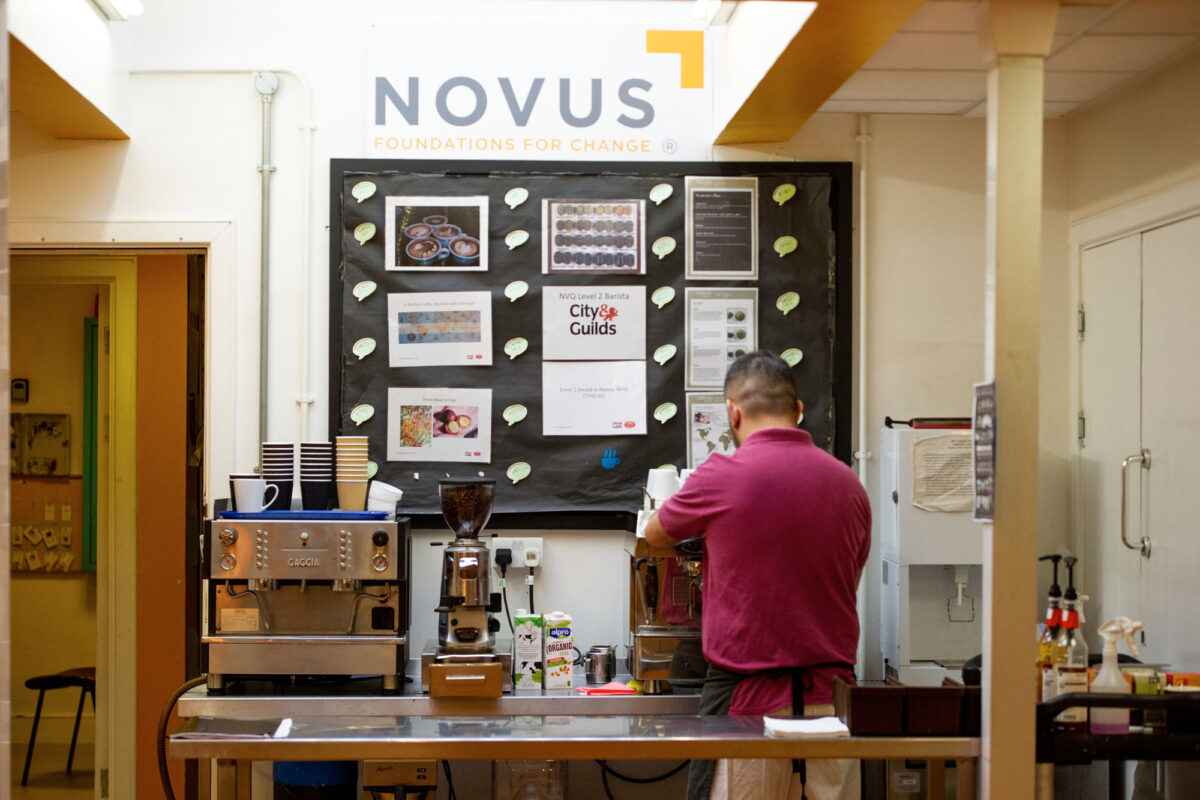
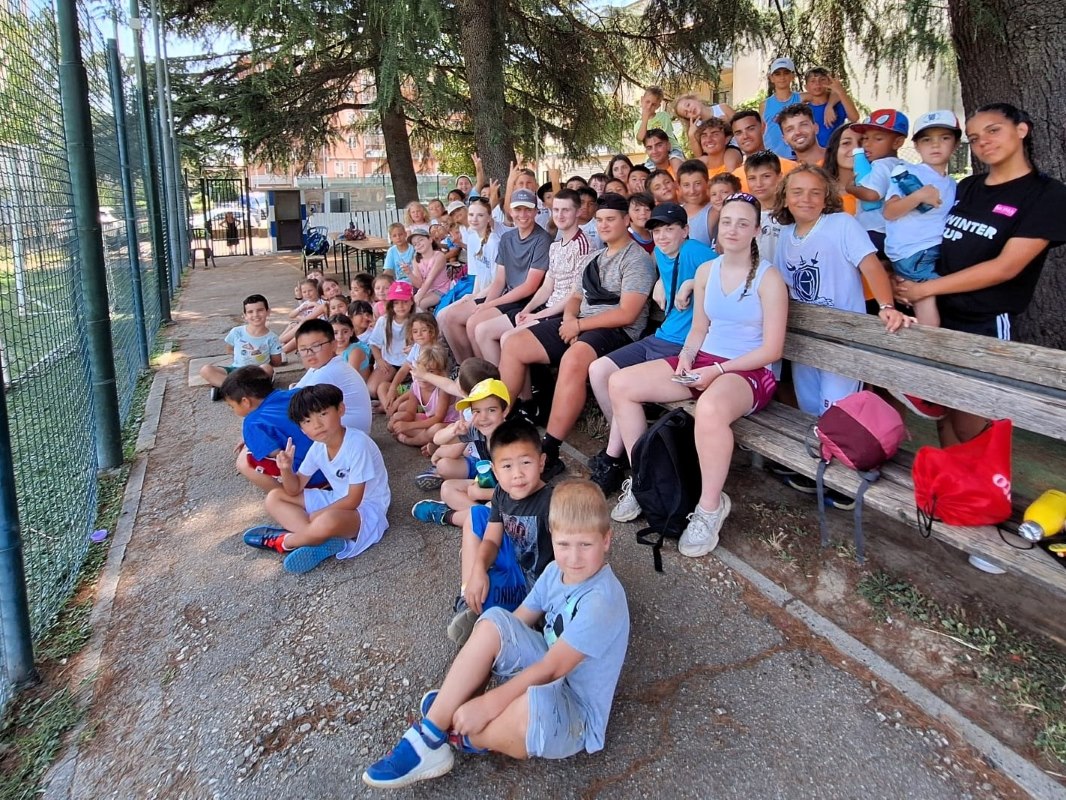
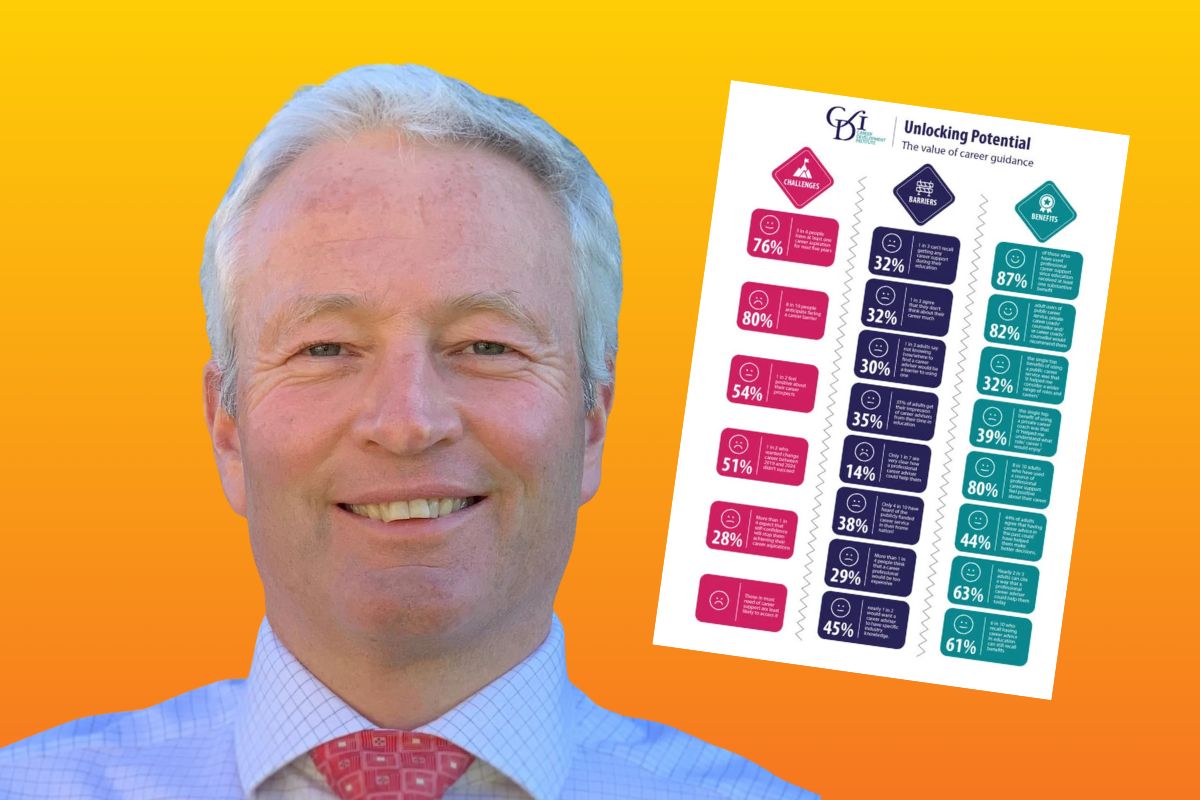

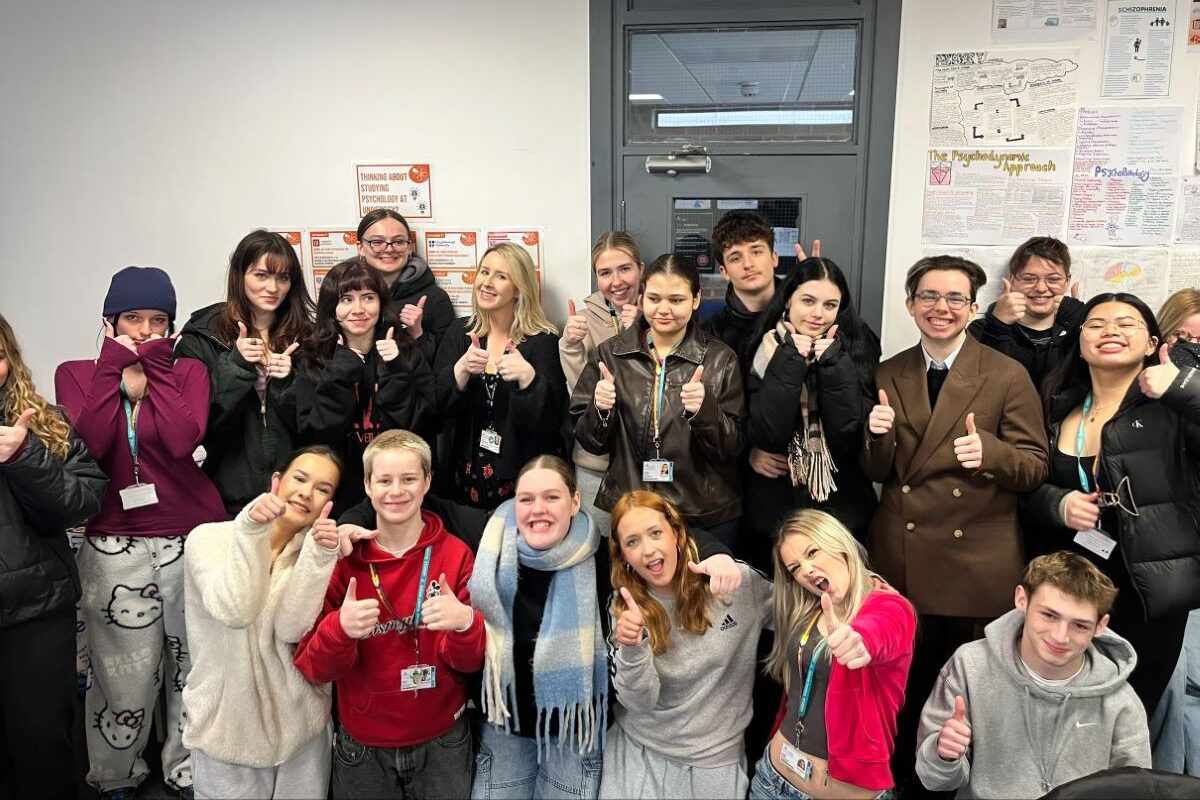
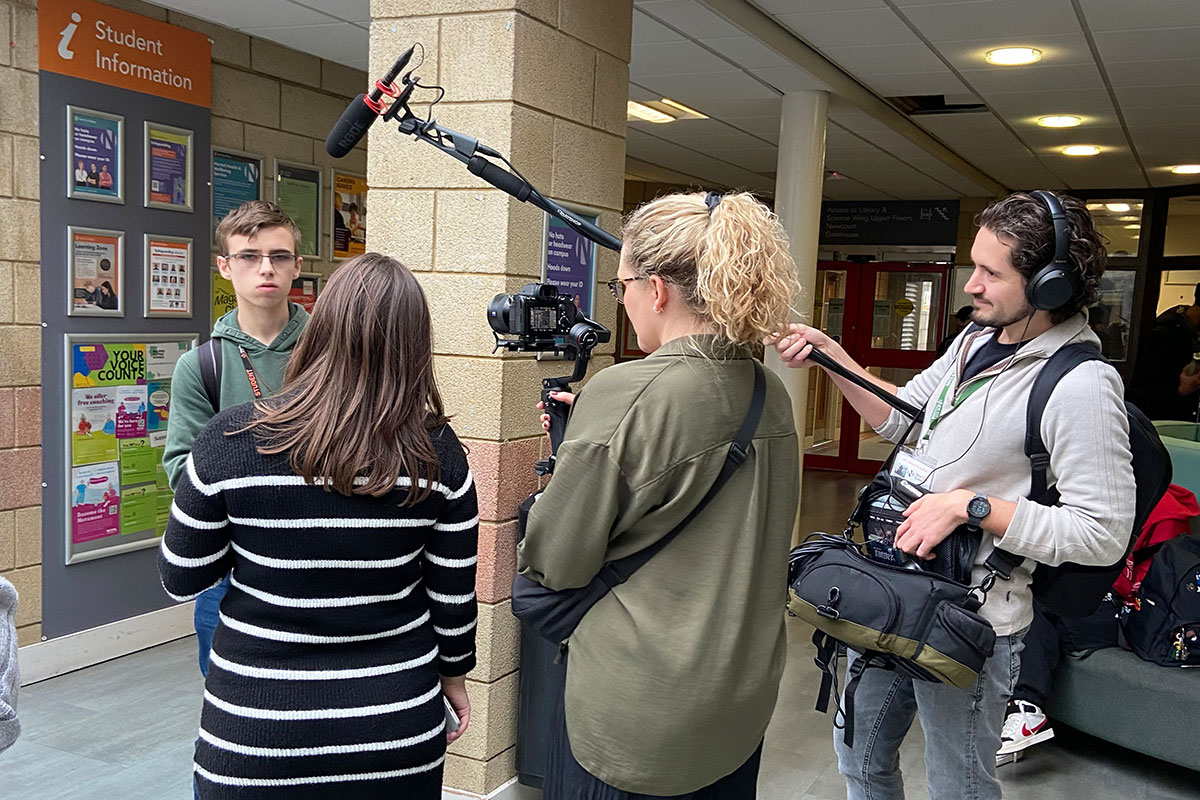




Responses